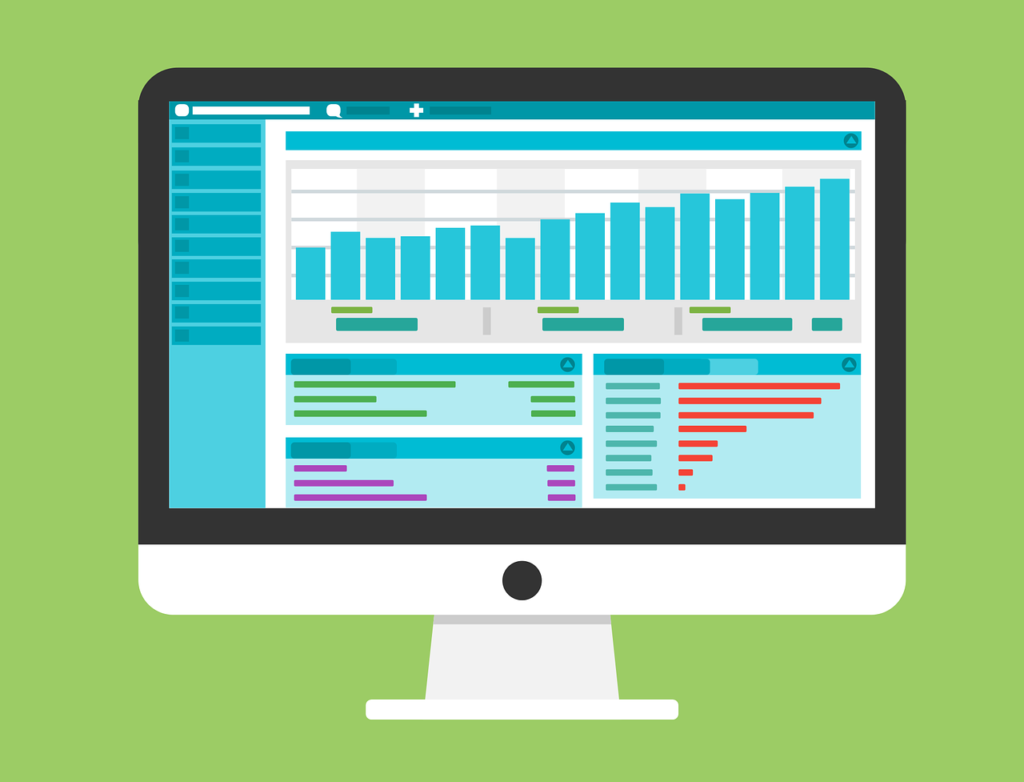5 Ways to Increase the Engagement on a Blog Post
Increasing engagement on a blog post involves more than just crafting compelling content. It requires a multifaceted approach that includes optimizing your posts for search engines, making your content visually appealing, and creating opportunities for readers to interact. In this article, we’ll explore various strategies to boost engagement, from enhancing your headlines and using multimedia to fostering community and encouraging social sharing. 1. Craft Compelling Headlines The headline of your blog post is often the first (and sometimes the only) chance you get to grab a reader’s attention. A well-crafted headline can make the difference between a post that gets clicked on and one that gets ignored. To create compelling headlines, consider the following tips: Be Clear and Specific A headline should clearly convey the main benefit or takeaway of the post. Avoid vague or generic titles that don’t give readers a sense of what to expect. For example, instead of “Tips for Better Blogging,” use “10 Proven Tips to Boost Engagement on Your Blog.” Use Numbers and Lists Headlines that include numbers or lists often perform better because they promise a structured, easy-to-digest format. Phrases like “7 Ways to” or “5 Tips for” indicate that the post will offer concise, actionable advice. Incorporate Power Words Power words are emotionally charged terms that can spark curiosity or excitement. Words like “ultimate,” “essential,” “proven,” and “secret” can make your headlines more enticing. For instance, “The Ultimate Guide to Increasing Blog Engagement” is likely to attract more interest than a more generic title. 2. Optimize for Readability Once you’ve captured readers’ attention with a great headline, it’s essential to ensure that your content is easy to read and engaging. Here are several ways to improve readability and keep readers engaged: Use Subheadings and Bullet Points Break up your content with subheadings and bullet points to make it easier to scan. Subheadings help readers quickly find sections of interest, while bullet points provide a concise overview of key points. This format is especially helpful for readers who are skimming through the post. Write Short Paragraphs and Sentences Long paragraphs and sentences can be intimidating and difficult to read. Aim for short, punchy paragraphs and sentences that convey your message clearly and concisely. This approach helps maintain readers’ attention and makes your content more accessible. Incorporate Visuals Adding visuals such as images, infographics, and videos can significantly enhance the readability and appeal of your blog post. Visuals break up text, illustrate complex concepts, and make your content more engaging. Ensure that visuals are high-quality and relevant to the topic at hand. 3. Encourage Interaction Engagement isn’t just about keeping readers on your page; it’s also about encouraging them to interact with your content. Here are some ways to foster interaction and make your blog posts more engaging: Ask Questions Pose questions throughout your post to encourage readers to think critically and engage with your content. Questions can be rhetorical or open-ended, prompting readers to leave comments or share their thoughts. For example, “What strategies have you used to boost engagement on your blog?” invites readers to contribute their own experiences. Include Calls to Action Calls to action (CTAs) guide readers on what to do next. Whether it’s signing up for a newsletter, downloading a free resource, or leaving a comment, a clear CTA can drive reader interaction. Make sure your CTAs are specific and relevant to the content of your post. Create Polls and Surveys Integrating polls and surveys into your blog posts can encourage readers to participate and share their opinions. Tools like Google Forms or SurveyMonkey make it easy to create and embed surveys on your blog. This not only engages readers but also provides valuable feedback. 4. Promote Social Sharing Social media is a powerful tool for increasing the reach and engagement of your blog posts. To encourage social sharing, consider the following strategies: Add Social Sharing Buttons Place social sharing buttons prominently on your blog post to make it easy for readers to share your content with their networks. Position buttons at both the top and bottom of the post to ensure they’re accessible throughout the reading experience. Craft Shareable Quotes Highlight key quotes or insights from your post and make them easy to share. Create visually appealing quote images that readers can share on social media, or include tweetable snippets within the text. This encourages readers to share their favorite parts of your post with their followers. Engage with Your Audience on Social Media Promote your blog posts on social media and engage with your audience by responding to comments and messages. Share updates, ask questions, and participate in relevant conversations to build a community around your blog and drive traffic to your posts. 5. Leverage SEO Best Practices Search engine optimization (SEO) plays a crucial role in increasing the visibility and engagement of your blog posts. By optimizing your content for search engines, you can attract more readers and improve engagement. Here are some SEO best practices to consider: Conduct Keyword Research Identify relevant keywords that your target audience is searching for and incorporate them naturally into your blog post. Use tools like Google Keyword Planner or Ahrefs to find high-traffic keywords related to your topic. Including these keywords can improve your post’s search engine ranking and attract more readers. Optimize Meta Descriptions and Tags Craft compelling meta descriptions and tags that accurately describe the content of your blog post. Meta descriptions appear in search engine results and can influence click-through rates. Make sure your descriptions are clear, concise, and include relevant keywords. Use Internal and External Links Incorporate internal links to other relevant blog posts or pages on your site to keep readers engaged and encourage them to explore more content. External links to authoritative sources can also add value to your post and enhance its credibility. Conclusion Increasing engagement on your blog posts is essential for building a loyal readership and maximizing the impact of your content. Remember, engagement is an ongoing process that requires
5 Ways to Increase the Engagement on a Blog Post Read More »



